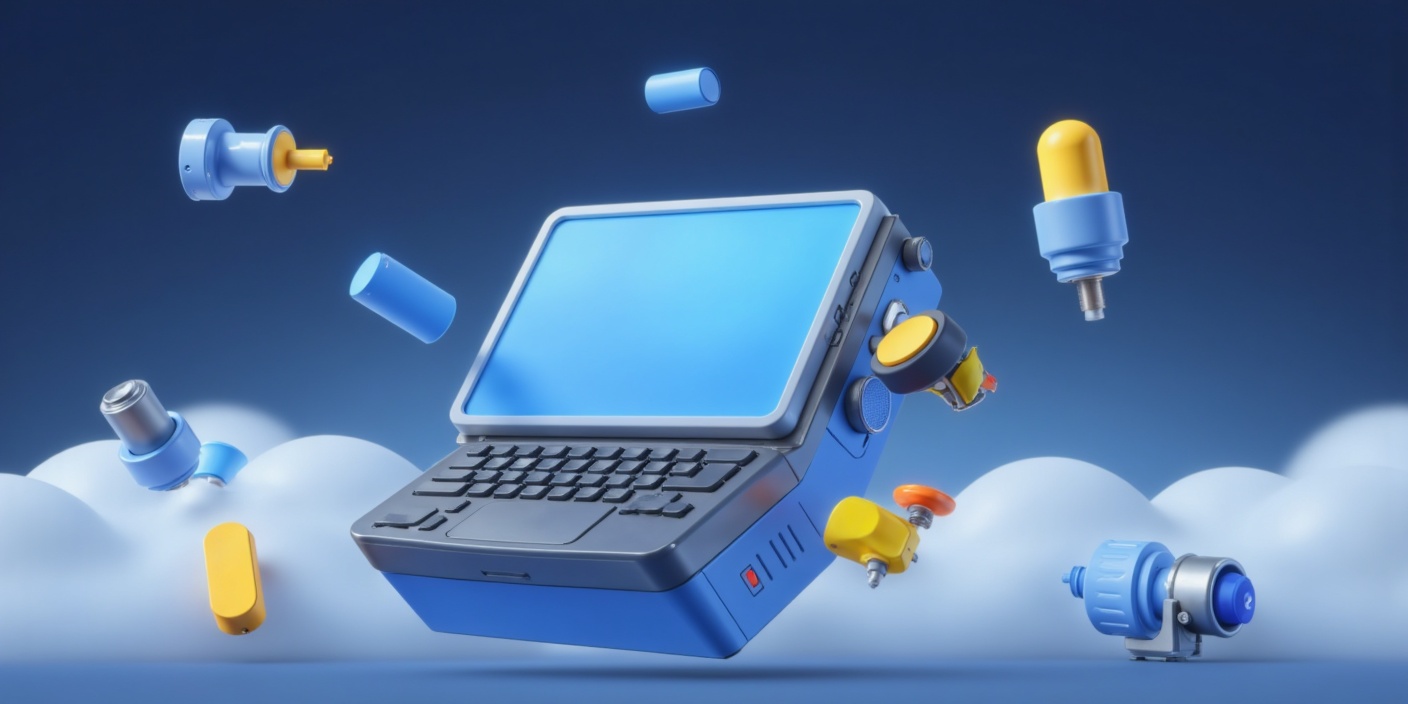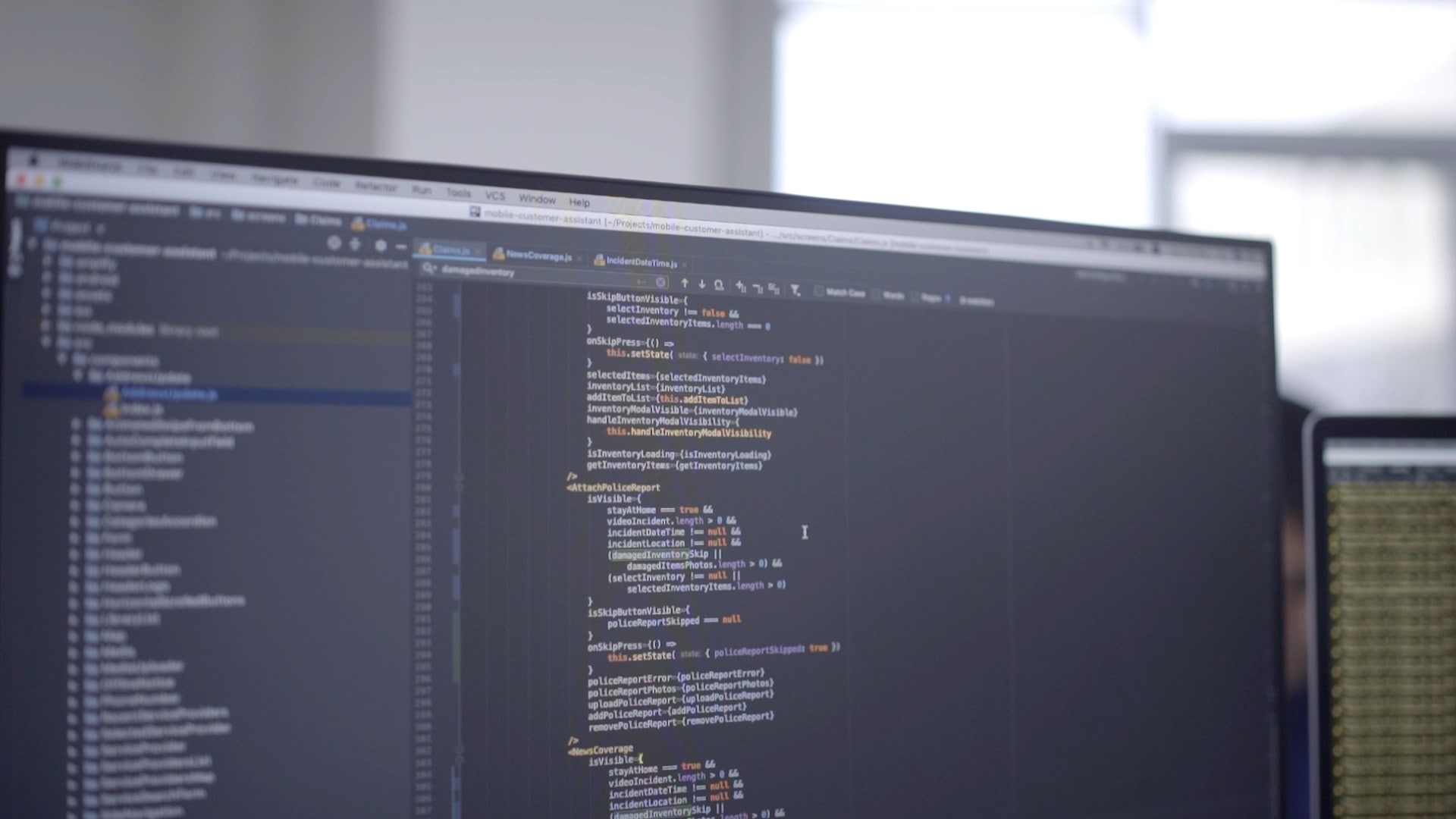ARTIFICIAL INTELLIGENCE VS. MACHINE LEARNING IN THE IT SPHERE
It is common to hear people use the terms artificial intelligence (AI) and machine learning (ML) interchangeably, especially when discussing big data, predictive analytics, and other key aspects of digital transformation. This confusion is understandable, as AI and ML are closely related and often overlap in different areas. However, despite this, important differences between these technologies relate to their areas of application, implementation methods, and goals. AI is a broader concept that includes many different strategies and approaches, and machine learning is one of them, focusing on the ability of systems to learn and improve based on data analysis independently.
Products based on AI and machine learning are becoming increasingly popular and play a key role today, where companies are forced to process and analyze huge amounts of data. These technologies help organizations make more informed and accurate decisions, generate recommendations, obtain real-time analytics, and predict future events. This allows companies to operate more effectively in the face of rapidly changing market trends and customer needs, giving them a significant competitive advantage.

More about Artificial Intelligence
Artificial intelligence (AI) represents a vast and evolving set of technologies that enable computers and machines to perform cognitive functions that are typically associated with human intelligence. These functions range from tasks like visual perception, decision-making, and language translation to more complex processes such as recognizing patterns in large datasets. AI's scope, however, extends far beyond these specific functions. It is a dynamic field with rapidly expanding applications, and in many ways, we are still only beginning to grasp the full extent of its potential. Each breakthrough offers a glimpse into uncharted territories, making the journey of AI development not only practical but also intellectually fascinating. By continually exploring the possibilities of AI, we witness its transformation from a theoretical concept into a cornerstone of modern technology.
Despite the recent buzz surrounding AI, much of its core technology has been developing for decades. While tools like ChatGPT — which currently boasts over 180 million users worldwide — have catapulted AI into the mainstream, AI's foundations stretch back much further. Its history dates back to the mid-20th century, well before AI became a widely recognized field of study. In 1950, British mathematician and computer scientist Alan Turing published a groundbreaking paper in which he posed a profound question: Can machines think? Turing's work laid the groundwork for what would eventually become artificial intelligence, sparking debates and innovations that would shape the future of computing. Even though the term "AI" wasn’t coined until later, Turing’s exploration of whether machines could imitate human conversations was a visionary step toward the AI-driven world we now live in.
AI tools are present in our daily lives in many ways. AI has improved social media marketing strategies by targeting and matching specific audiences with relevant brands. The transportation sector is also using AI in ride-sharing apps. Other major industries that AI has transformed include healthcare, finance, and education.
The ultimate goal of AI is to create autonomous systems that can perform human-like cognitive skills, including problem-solving, learning, perception, reasoning, and more.
Artificial intelligence refers to the ability of computers to replicate human cognitive functions, including learning and problem-solving. In AI, computers use mathematical principles and logical processes to imitate human thinking, making it easier to learn new information and make decisions.
Today, AI underpins many of the technologies we use, including smart devices and voice assistants like Siri on Apple devices. Companies are adopting techniques like natural language processing and computer vision—the ability of computers to use human language and interpret images—to automate tasks, speed up decision-making, and enable customer conversations with chatbots.
More about Machine Learning
As we’ve discussed before, people often mistakenly use the terms “machine learning” and “artificial intelligence” interchangeably, when in fact they are different concepts. Machine learning is just one branch of artificial intelligence that focuses on developing algorithms and working with data. It allows AI systems to become “smarter,” learning to recognize patterns and make decisions based on data without direct human input. Instead of following hard-coded instructions, machine learning systems adapt and improve, improving their results as they gain experience and analyze new data.
Machine learning replaces humans with training systems to detect complex patterns and make predictions based on statistical analysis of data. Machine learning simplifies a computer system without requiring humans to program it. As it is exposed to more data, the algorithms have more examples to interpret patterns and relationships as they learn.

Machine learning does not operate independently, however; human programmers help prepare it to train machine learning models. This includes data cleaning, feature engineering, and normalization of data types.
Today, machine learning covers a wide range of applications: from banks, restaurants, and gas stations, to manufacturing robots. New challenges that arise almost every day give rise to new areas of machine learning. AI and ML are already transforming the business landscape, offering several tasks that they are ready to take on:
1. Data analytics: extracting information from large volumes of data, improving decision-making and strategic planning.
2. Automation: reducing the cost of routine and time-consuming tasks, such as transaction processing or managing customer requests.
3. Personalization: increasing customer loyalty and satisfaction by analyzing their preferences.
4. Predictive analytics: forecasting market trends, customer needs, and risks, allowing you to adapt strategies and minimize potential problems.
5. Supply chain management: optimizing logistics, improving inventory management, and forecasting demand for efficient resource management.
The adoption of artificial intelligence and machine learning enables companies to rethink the value of data and learn how to use it to improve efficiency, decision-making, and customer service.
WHAT IS THE DIFFERENCE BETWEEN MACHINE LEARNING AND ARTIFICIAL INTELLIGENCE?
While artificial intelligence refers to the overarching goal of creating systems that can think and act intelligently like humans, machine learning is akin to how children perceive new things, with their brains continually learning and making connections between concepts.
Thus, artificial intelligence encompasses the process of constant learning and development – where systems become smarter and more capable of understanding complex ideas and solving problems over time. Machine learning, on the other hand, helps computers improve their performance and learn through “experience.” This helps achieve artificial intelligence without the need for explicit programming.
While ML excels at discovering patterns in data, AI research is exploring combining ML with other methods to achieve more general human-level intelligence.
AI researchers aim to program systems with rules and structured knowledge for flexible, rational inference and reasoning. This allows for reasoning about concepts that may not be present in the training data, enabling abstract, human-defined thinking beyond machine learning. Comparing AI and ML in specific domains is essential to fully understand their differences.
One of the key differences between AI and ML is intervention. AI involves programming machines to perform specific tasks, requiring reprogramming to adapt. In contrast, ML trains machines to recognize patterns and make predictions based on data, with adaptability without reprogramming.
The data-driven nature of ML differentiates it by focusing solely on data, while AI can be rule-based or data-driven. Rule-based AI follows predefined decision trees, while data-driven AI uses machine learning algorithms to improve performance over time, requiring substantial data sets.
Another key difference between AI and ML is applications. AI finds its place in complex tasks such as robotics and natural language processing, which require high intelligence. ML, on the other hand, finds wide applications in a variety of applications, including fraud detection, predictive maintenance, and image and speech recognition.
THE FUTURE OF BOTH TECHNOLOGIES
As machine learning (ML) algorithms continue to process and learn from exponentially growing volumes of data, their capabilities will not only evolve but also become significantly more refined. With each new dataset they analyze, these algorithms gain a more nuanced and deeper understanding of the world around them. This enriched knowledge base allows AI systems to tackle increasingly complex and sophisticated tasks, moving beyond simple pattern recognition or prediction models. Instead, they will be able to handle intricate problems that require higher-level reasoning and decision-making, effectively pushing the boundaries of what artificial intelligence can achieve.
As machine learning advances, it will drive the development of self-learning machines — systems that not only improve their performance over time but also adapt to new challenges without needing direct human intervention. These self-learning machines hold immense potential across various industries. For instance, in healthcare, AI-powered by advanced ML could help researchers analyze vast amounts of medical data to identify patterns that could lead to breakthroughs in understanding diseases, ultimately accelerating the discovery of cures. The ability of AI to continuously learn and evolve may revolutionize how we approach problem-solving, opening new avenues for innovation and progress across virtually every domain of human knowledge.
The future of space exploration is also bright with AI and ML. Machine learning algorithms will speed up the analysis of observations to uncover new insights into planetary evolution, exotic matter, ancient astronomy, and more. In particular, algorithms will help detect patterns and anomalies in astronomical data that could make it easier to identify and classify exotic exoplanets.

These systems will become more interconnected and better at figuring things out on their own. Like a domino effect, improved relationships will lead to AI helping people more through personalized recommendations, diagnostic assistance, automated processes, and other intelligent applications.
Consequently, forecasts for the global AI sector point to tremendous growth in the coming years. Specifically, estimates predict that the total AI market value will reach $1.85 trillion by 2030.
Industries such as healthcare and finance, which have access to vast amounts of customer and operational data, have found the most use cases for AI/ML in process automation. Industry forecasts show that by 2025, 90% of hospitals will use AI-powered technology solutions for early diagnosis of diseases and remote patient monitoring.
Interestingly, AI and ML will also contribute to environmental sustainability by modeling climate patterns, predicting natural disasters, and helping to develop mitigation strategies through sophisticated data modeling.
CONCLUSION
In the rapidly evolving technology landscape, artificial intelligence (AI) and machine learning (ML) are two powerful forces shaping the future and driving innovation. While AI encompasses a broader concept of mimicking human cognitive functions, machine learning is an important subset of AI that focuses on training systems based on data and experience. The differences between these technologies relate to the level of human intervention, the dependence on data, and the sophistication of the approaches used.
As more companies integrate AI and ML into their processes, they can streamline operations, automate tasks, and unlock the transformational potential of these technologies. This helps companies break new ground, paving the way for a technologically advanced era full of innovation and new opportunities. The synergy between AI and ML not only expands the boundaries of what is possible but also accelerates the transition to a smarter, more efficient future.
Now, the definitions presented at the beginning become clearer and more important. Artificial intelligence encompasses any device or system that can demonstrate some form of human intelligence, whether it’s language processing, pattern recognition, or decision-making. Among the many approaches to AI, machine learning plays a key role, allowing systems to learn by analyzing data and improving their models without constant human intervention. AI and ML have already become an integral part of our daily lives, influencing how we work, communicate, and even spend our free time. The potential of these technologies is virtually limitless, and they continue to be the main drivers of innovation in the 21st century. Thanks to them, companies and organizations get their hands on powerful tools that help them not only manage resources more intelligently but also adapt more effectively to the rapidly changing digital world.




